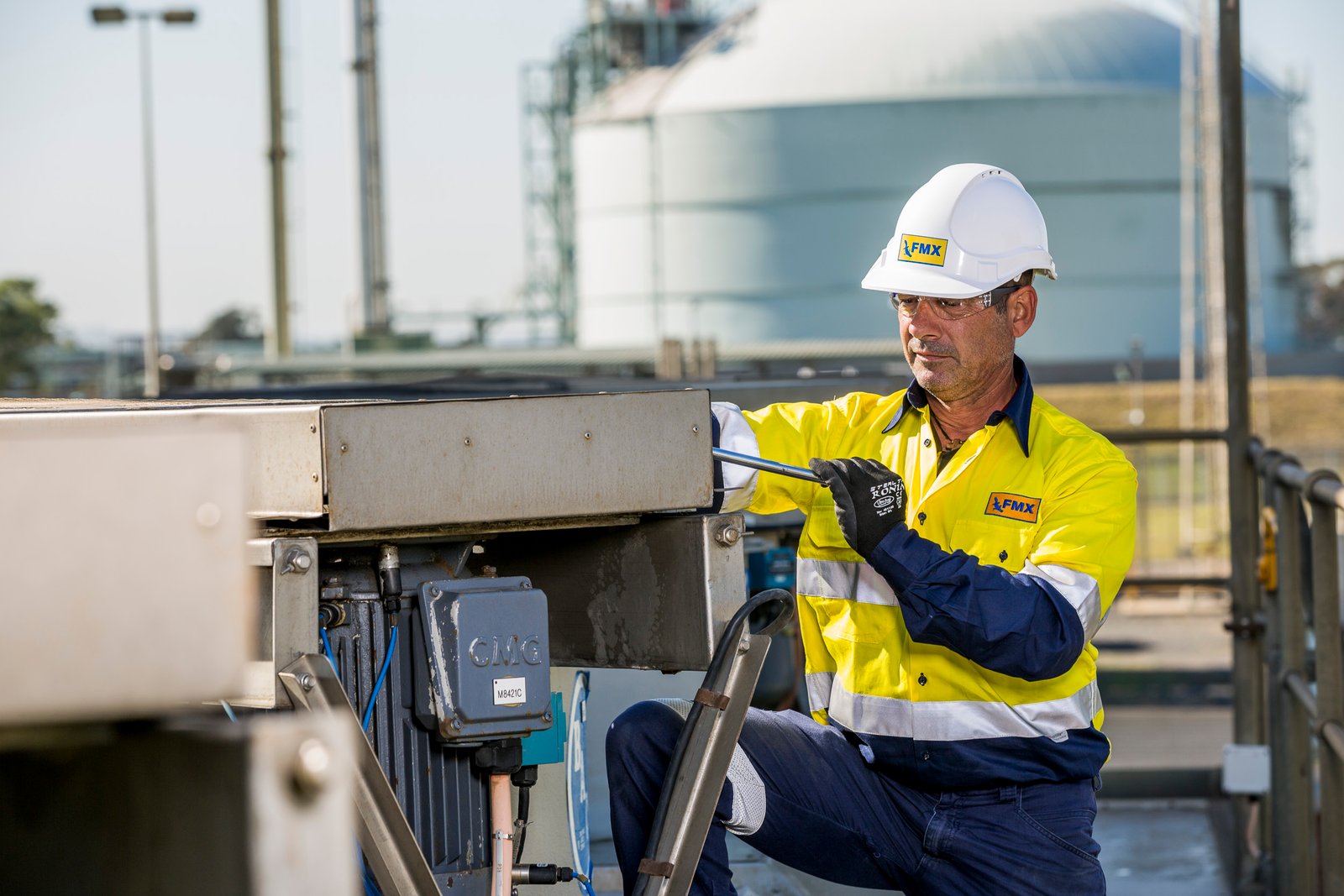Cooling towers were created basically for eliminating excess warmth from the water used in industrial applications and send out into the surrounding biosphere.
A cooling tower is simply one kind of heat exchange equipment where water and air come into direct contact with each other. The main function of the cooling tower is to expel the heat of hot water into the atmosphere and cool down the water for further re-use. There are many techniques for operation of cooling towers in various models like Superchill cooling towers.
The main mode of heat rejection from water in a cooling tower is through evaporation. Usually, 75 to 80% of heat is removed from water through evaporation. The remaining heat is removed by passing of airflow via the cooling tower.
A cooling tower also serves the function of water recycling. The system of open recirculation is popular in all kinds of industries because of this feature of water recycling. In most industrial set-ups, water is used widely as a cooling medium since it is relatively cheap, readily available and efficient.
There are various kinds of cooling towers available currently to serve different needs and different weather conditions. The main kinds belong to the following 3 categories:
- Air to water flow suction
- Air through tower suction
- Heat transfer method
Air to Water Flow Suction
Crossflow
Air passes perpendicular to the water flow in the cooling tower by entering vertical vents and then, the fills inside the towers. The hot water permeates the basin above the tower. Nozzles across the fill vents distribute it. A blower blows out excess heat and exposure of water through the fill with air cools it down. The hot air is derived out for the forced draft system. This system has less operating cost and less maintenance with low energy consumption. However, it attracts dirt in the tower fill. This mode of the cooling tower is used commonly in aluminium die casting and chemical industries.
Counterflow
In this type, the air is sucked up from the bottom of the tower, passing near the fills into an open space in the tower. Simultaneously, the water droplets flowing down the fills, opposite it to the air direction triggers faster heat transfer by combatting with the rapidly flowing air, rendering water cooler by counterflow impact. Water droplets cause fast heat transfer but create noise. It is also tough to clean. Yet, it is popular in natural gas plants and refineries.
Air Through Tower Suction
Natural draft
In such a cooling tower, pumps are installed on the top of the tower to draw hot water from the hot water inlet and are ejected out using nozzles that spray water overfill films. When water is trickling down from the fills, it comes into contact with water coming upwards from the tower bottom. This exposure of water with air cools it down by natural convection with heat escaping to the atmosphere. At last, the cooled water collects into the basin and cools down equipment. Such cooling towers are low maintenance and energy-saving.
Mechanical draft
Such cooling towers use mechanical devices like cooling tower blower or fan for circulating air through the tower. Access to parts like BAC parts is crucial. Such cooling towers are of 2 types- Induced draft towers and Forced draft towers.
Forced draft:
In this type, the counterflow of heat and air causes heat transfer. The fan at the base of the tower blows up air that comes in touch with water dropping down the fills. The meeting of air and water causes cooling with wet technology. This technology is also low maintenance and is popular in the petrochemical industry.
Induced draft:
It is similar to the forced draft system, but the cooling tower fan is located on top of the tower that pulls air from the bottom and exposes it to water at a high level via the fills.
Heat Transfer Method
Dry cooling tower
This technology uses minimum water but a high air transfer in its design. It works by transferring fluid from the air and sucking out of the heat by convection, without evaporation. It conserves water but is noisy.
Wet cooling tower
Also known as open circuit cooling tower, this technology uses evaporative cooling. Hot water is pumped up the plant and scattered over the fills. Because of the contact of water with air, water vapour is formed, which reduces the temperature of the water. This is highly energy-saving and is used in petrochemical units, thermal power plants etc.
Fluid cooler
This technology transfers heat from the process liquid to the air, via a heat exchange coil. The water in coil rotates in a closed-loop system, isolated from the atmosphere. The cooler has two circuit systems. Internal circuit maintains fluid circulation while the external circuit is sprayed by water to produce wet bulb effect. The water is evaporated by outside air exposure. The process is popular in the refrigeration and air-conditioning industries.
To choose the right cooling tower, one can depend on reliable brands like Superchill cooling towers. Keep in mind the access to spare parts like BAC parts when any downtime occurs.





